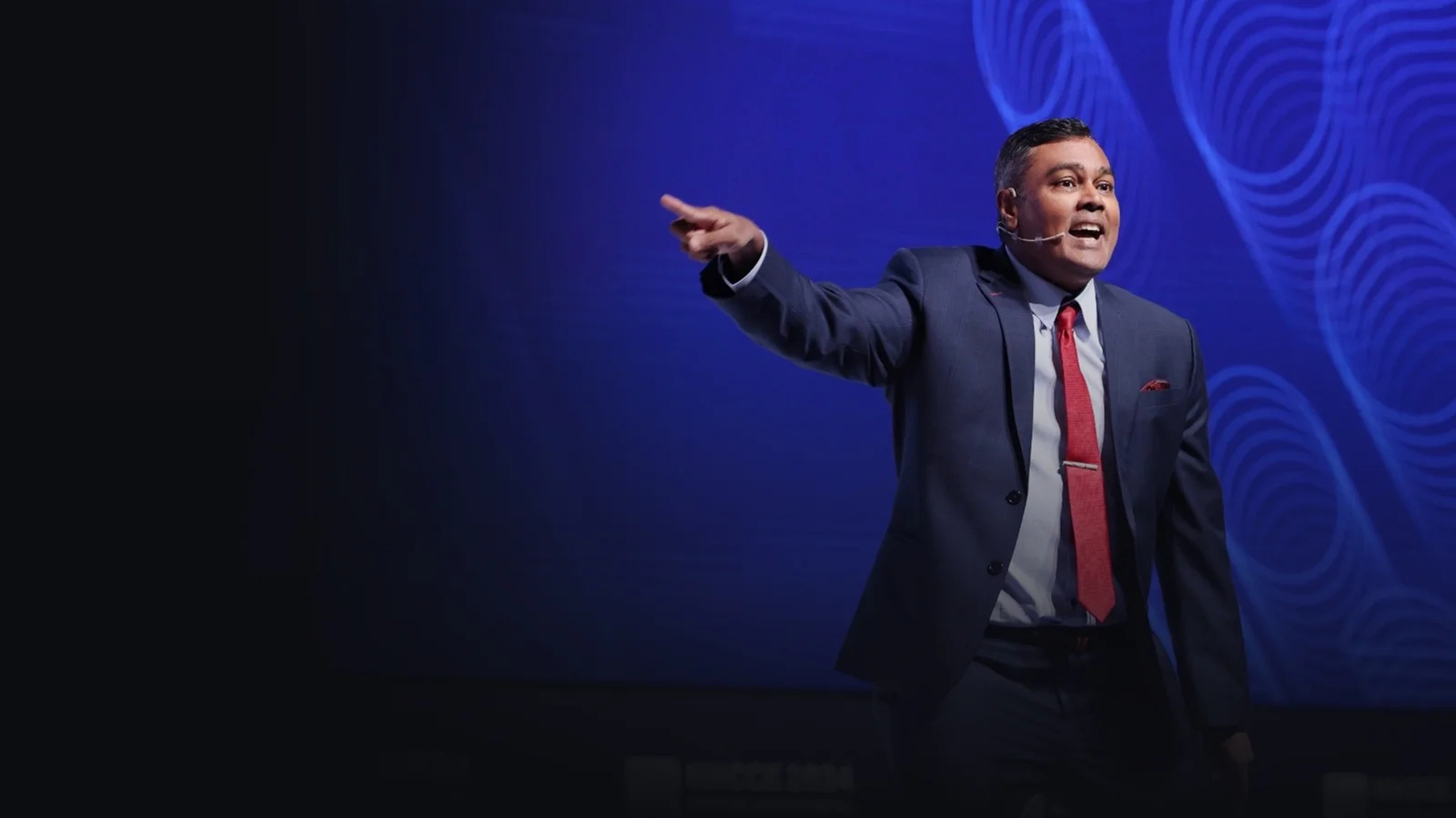Why Sales Methodologies Still Matter
In a world where buyers are better informed than ever, sales teams can’t rely on charm alone. Studies show that sales professionals who follow a formalised sales process consistently outperform those who don’t. In fact, research from CSO Insights highlights a 23% higher quota attainment for teams using structured methods. Meanwhile, Gartner reports that 77% of B2B buyers feel their purchasing journey is complex or confusing—a clear signal that sellers need to bring clarity and structure.
For sales enablement leaders, L&D professionals, and entrepreneurs such as financial consultants, the key question is: Which sales methodology is the right fit for my team?
At JeromeJoseph.com, I bring together the most recognised frameworks in the world of selling—from SPIN Selling to the Challenger Model—and combine them with my proprietary 5-Stage Sales Mastery Model to deliver training and keynotes that create measurable results.
A Closer Look at Popular Sales Methodologies
1. MEDDIC
Designed for enterprise and high-stakes B2B sales, MEDDIC ensures every opportunity is rigorously qualified.
Focus: Metrics, Economic Buyer, Decision Criteria, Decision Process, Identify Pain, Champion.
Strength: Saves time and increases win rates by filtering out deals with low probability.
In Practice: I use MEDDIC in training to help salespeople build discipline around qualification—something many teams overlook.
2. SPIN Selling
SPIN remains a classic for consultative selling, perfect for advisors and solution-focused professionals.
Framework: Situation, Problem, Implication, Need-Payoff.
Strength: Helps reps move beyond pitching and start solving.
In Practice: In my programs, participants master the art of asking layered, probing questions that unlock real client needs.
3. Challenger Sale
In highly competitive industries, being “nice” isn’t enough—insight wins. The Challenger Sale identifies reps who teach, tailor, and take control.
Strength: Empowers reps to reframe client thinking and differentiate their approach.
In Practice: I train sales leaders to step up as advisors, not just order-takers—turning client conversations into lightbulb moments.
4. Sandler Selling System
A process-driven methodology, Sandler is all about building trust while qualifying hard.
Focus: Upfront contracts, rigorous qualification, mutual respect.
Strength: Prevents wasted time and “happy ears” where reps overestimate pipeline strength.
In Practice: I coach teams to use Sandler tools to cut down on dead-end opportunities.
5. Solution Selling
Perfect for complex or customised offerings, this methodology is about diagnosing before prescribing.
Focus: Addressing pain points with tailored solutions.
Strength: Builds credibility and positions the salesperson as a trusted consultant.
In Practice: I help participants reframe pitches as “diagnostic conversations” that reveal the customer’s real drivers.
6. Value Selling Framework
When the CFO is at the table, numbers matter.
Focus: Demonstrating ROI and tangible business impact.
Strength: Connects solutions to measurable outcomes, aligning sales language with financial priorities.
In Practice: I integrate value calculators and ROI storytelling into sales training, giving reps the confidence to speak in boardroom terms.
7. Conceptual Selling
Created by Miller Heiman, this approach ensures alignment with the buyer’s concept of success.
Focus: Understanding how buyers perceive solutions and tailoring accordingly.
Strength: Minimises misalignment and builds trust throughout long cycles.
In Practice: I teach teams to map buying influences and ensure all stakeholders see the same value story.
8. SNAP Selling
Designed for today’s time-poor decision makers, SNAP helps reps cut through the noise.
Framework: Keep it Simple, be iNvaluable, stay Aligned, focus on Priorities.
Strength: Shortens cycles and gets busy buyers to act quickly.
In Practice: I run “time-starved buyer” simulations where reps must make their case in two minutes or less.
9. The 5-Stage Sales Mastery Model (Proprietary)
Over three decades, across 40 countries and 1,000+ brands, I found that while individual methodologies work, no single one covers the entire buyer journey. That’s why I developed the 5-Stage Sales Mastery Model:
Attract – Build visibility and credibility that draws in the right prospects.
Diagnose – Ask deeper questions to uncover hidden needs and pain points.
Influence – Deliver insights, craft compelling stories, and show unique value.
Commit – Provide clarity and confidence to secure decisions.
Grow – Strengthen relationships, cross-sell, and create advocates.
What makes it unique?
Blended: Combines the best of SPIN (questioning), Challenger (insight), and Value Selling (ROI).
Adaptable: Works for corporate sales teams, individual professionals, and entrepreneurs.
Proven: Tested globally with measurable performance improvements.
This isn’t just another methodology—it’s a holistic framework designed for the modern sales landscape.
Why This Matters for Sales Enablement and L&D
Sales enablement leaders need frameworks that provide repeatability and structure.
L&D professionals need programs that deliver measurable ROI.
Sales professionals and entrepreneurs need confidence that comes from following a proven system.
By combining globally recognised models with my 5-Stage Sales Mastery Model, organisations get a practical, blended approach that drives transformation, not just knowledge.
Conclusion
Sales methodologies give leaders and teams a roadmap to consistently succeed. But the real value comes when these frameworks are applied in the context of your business, your market, and your customers.
That’s exactly what I deliver at JeromeJoseph.com—through keynote sessions, workshops, and tailored sales training programs that fuse the best of global frameworks with my own proven system.
The result? Sales teams that sell smarter, close faster, and build brands that last.






